You are in:
- News
Jump Main Menu. Go directly to the main content (Acces key S)
You are in:
Start of main content
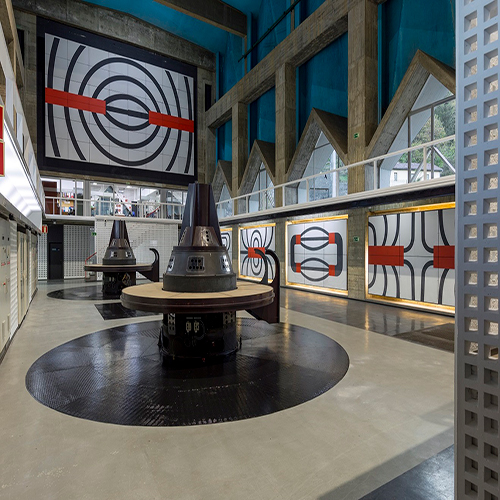
Culture
02.07.2018
The exhibitionThe ‘Joaquín Vaquero Palacios. Beauty on a monumental scale: Asturias, 1954-1980’ exhibition is opening at the ICO Museum in Madrid on the 15th of February. Curated by Joaquín Vaquero Ibáñez and organised by the ICO Foundation, the exhibition is sponsored by the EDP Foundation. It will be open to the public until the 6th of May from 11:00 to 20:00 from Tuesdays to Saturdays and from 10:00 to 14:00 on Sundays. Admission is free.
Joaquín Vaquero Palacios (Oviedo, 1900-Madrid, 1998) the architect, painter and sculptor, was a total creator who tackled the creative process in all-encompassing fashion. This exhibition focuses on the Project that was the result of thirty years of collaboration with Hidroeléctrica del Cantábrico (currently, EDP), and materialised in five electric power stations in Asturias, conceived as total works of art.
The exhibition allows us to discover the artistic work created by Vaquero Palacios at the power stations in Salime (1945-1955) –one of the best examples of Spanish industrial architecture linked to the Modern Movement–, Miranda (1956-62), Proaza (1964-68), Aboño (1969-1980) and Tanes (1980).
Murals, sculptures, furniture, industrial design –on his own or in collaboration with his son, Joaquín Vaquero Turcios, who was also an architect and artist– and even architecture, make Vaquero Palacios a multifaceted artist who was able to transform the enormous structures of these power stations into genuine industrial cathedrals of the 20th century.
The basic aim of the exhibition that the ICO Museum is staging is to bring to light and reveal one of the most outstanding, and yet least-known industrial heritages of Spanish art.
The ISO Museum is the only one in Spain that is exclusively devoted to architecture, the discipline that the three exhibitions that it puts on each year deal with.
The overview starts with an introduction to this character and his environment, not only as far as his family and creative life is concerned, but also from a geographical perspective, through maps that place and locate each of the power stations in the context of Asturias, with separate chapters devoted to each one.
90 photographs by Luis Asín and some wide-ranging audio-visual work by Juan Vaquero, both produced especially for this project, together with paintings by Vaquero Palacios, period photographs, original plans, sketches, mock-ups, books and various industrial design items, among other works, make up this exhibition that aims to tell the story of a very specific stage in Joaquín Vaquero Palacios’s extensive output, the period from 1954 to 1980, the years in which he closely collaborated with Hidroeléctrica del Cantábrico, that is now EDP.
For Joaquín Vaquero Ibáñez, the curator and artist’s grandson, the scale has been one of the main challenges of the exhibition: “We are talking about dams built using millions of tons of concrete that form colossal gigantic interiors; waterfalls dug into mountains of living rock that can be reached through endless tunnels; turbine halls which several standard airliners could fit in... The size of these spaces transcends our everyday perception”.
Joaquín Vaquero Palacios (1900-1998) was an architect, painter and sculptor. His father, Narciso Hernández Vaquero (1866-1964), was the manager and chairman of Hidroeléctrica del Cantábrico for almost 50 years, and was in charge of the La Navia power station and of the early advances in the power supply for the city of Oviedo. During this process, Joaquín, who was very young at the time, accompanied him on his travels by train, coach and mule, where he soaked up the landscape of Asturias and its light, colour and scale.
Vaquero Palacios studied architecture in Madrid and brilliantly combined his painting and architectural work with an insatiable thirst for knowledge and experimentation that came from the countless journeys that he went on.
Years later, the management at Hidroeléctrica del Cantábrico commissioned him to carry out the artistic integration work at the Grandas de Salime dam (carried out between 1954 and 1960), the first of a series of “total work” projects carried out in Spain, which combined engineering, architecture, painting, design and a perfect staging to create a unique, singular piece of work, of pharaonic proportions. Salime would be followed by the work carried out at power stations in Miranda, Proaza (where he was responsible for the overall development of the project, including architecture), Aboño and Tanes.
The exhibition is rounded off by the publication of a catalogue that documents the work carried out by Vaquero Palacios at these five Asturian power stations in depth, a book that, like all the ones published by the ICO Museum, aims to become an essential benchmark on this subject, and decisively contributes to the work carried out by this institution to disseminate Spanish architecture.
Published in Spanish and English, and illustrated with photographs by Luis Asín, the book contains articles by Rafael Moneo, Juan Navarro Baldeweg, Iñaki Ábalos, Francisco Egaña, Natalia Tielve and Joaquín Vaquero Ibáñez.
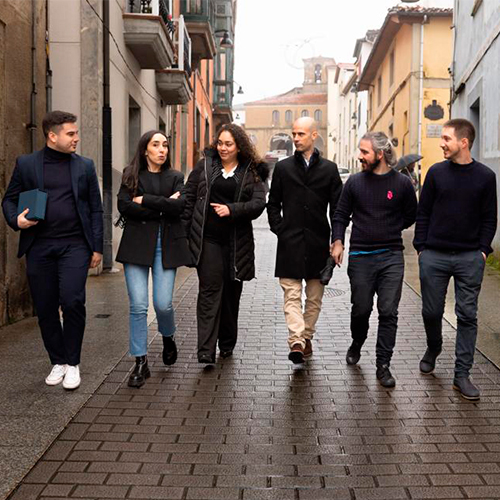 A project featuring the light from miners' lamps by students from the Oviedo School of Art wins the the EDP Foundation's public art competition for the Tineo centre
12.19.2022
A project featuring the light from miners' lamps by students from the Oviedo School of Art wins the the EDP Foundation's public art competition for the Tineo centre
12.19.2022
Luz Minera is the title of the winning project of the second Public Art Ideas Competition, a competition organised by the EDP Foundation.
Environmental
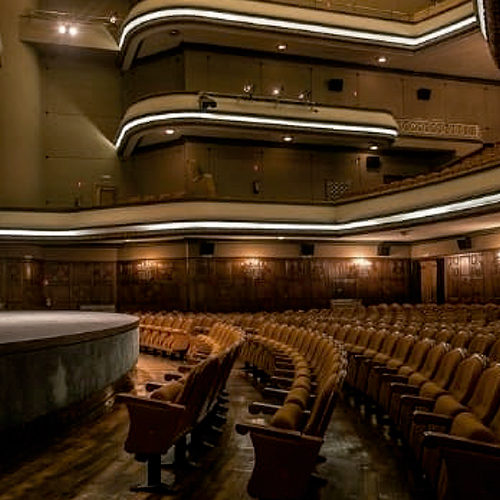 The EDP Foundation backs solidarity concerts for Ukraine
05.30.2022
The EDP Foundation backs solidarity concerts for Ukraine
05.30.2022
On 31 May the Oviedo Philharmonic Society is organising a solidarity concert backed by the EDP Foundation, featuring Ukrainian conductor Yuri Nasushkin, in support of Ukraine.
Culture
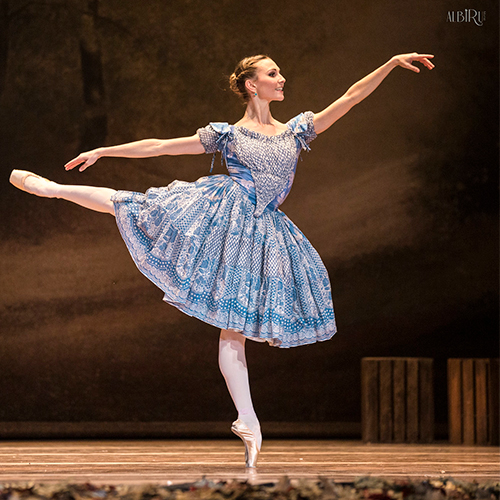 The EDP Foundation lends its support to dance and the offer of culture from the Kursaal
05.24.2022
The EDP Foundation lends its support to dance and the offer of culture from the Kursaal
05.24.2022
The National Dance Company presents a new version of Giselle, from the perspective of Spanish romanticism.
Culture
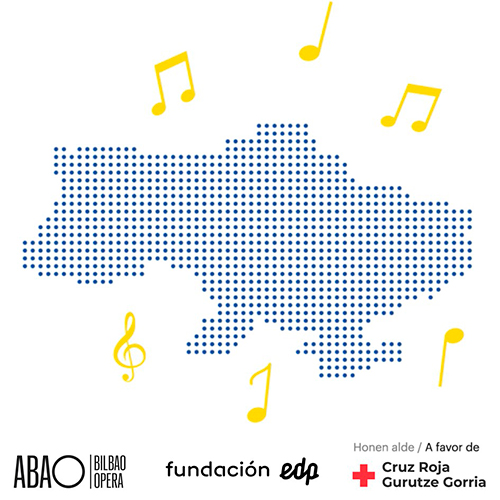 Nothing produces more positive energy than music! Let's donate ours to the Ukrainian comminity!
04.22.2022
Nothing produces more positive energy than music! Let's donate ours to the Ukrainian comminity!
04.22.2022
Music has been, is and will be a universal tool of unity, fraternity and peace.
End of main content